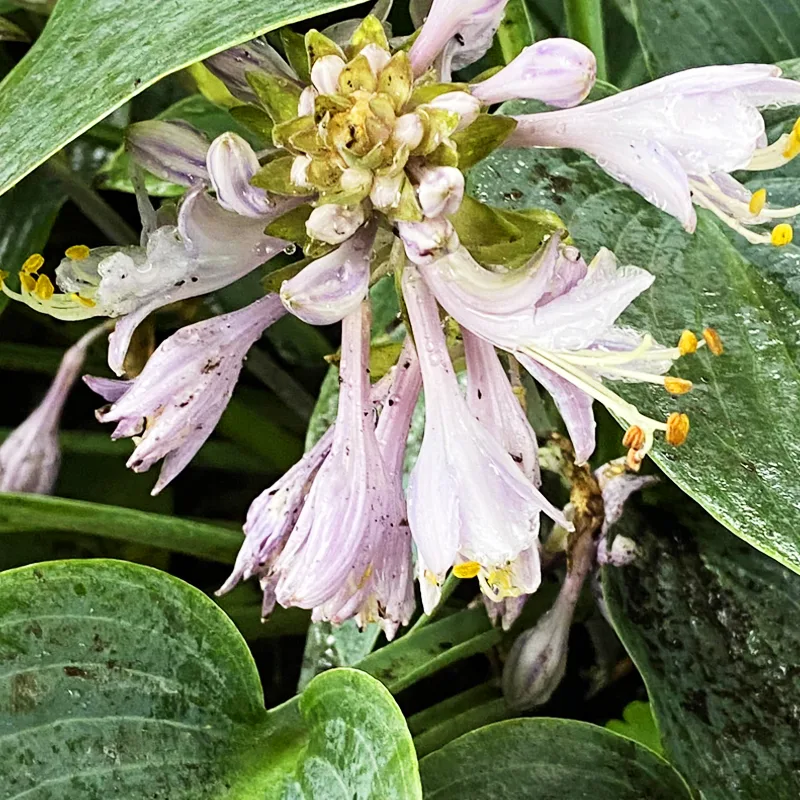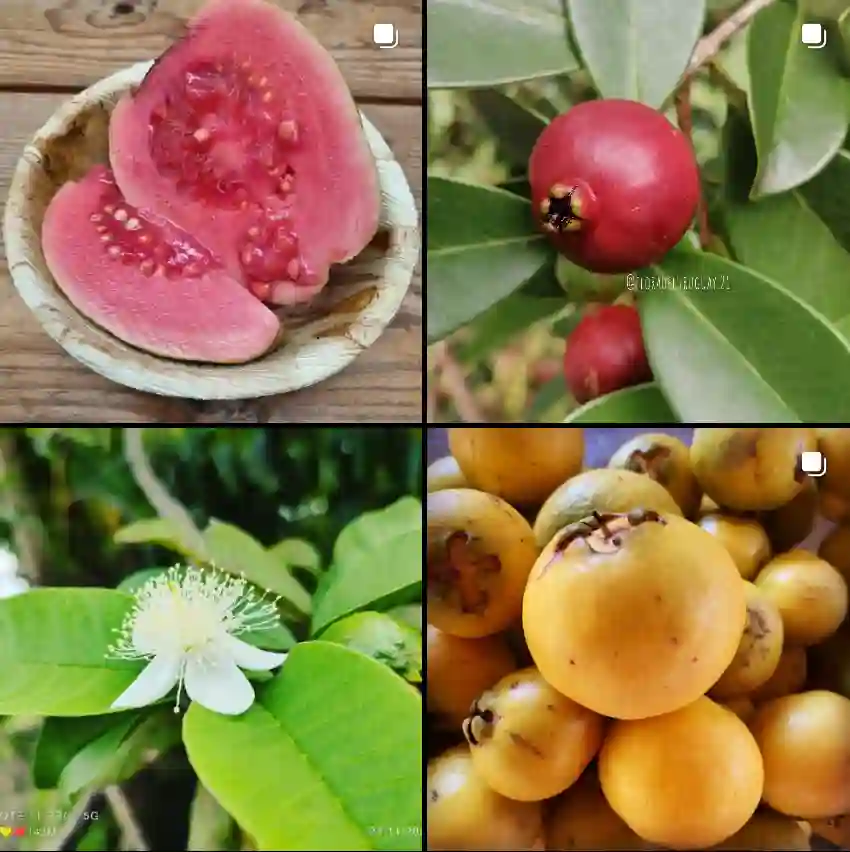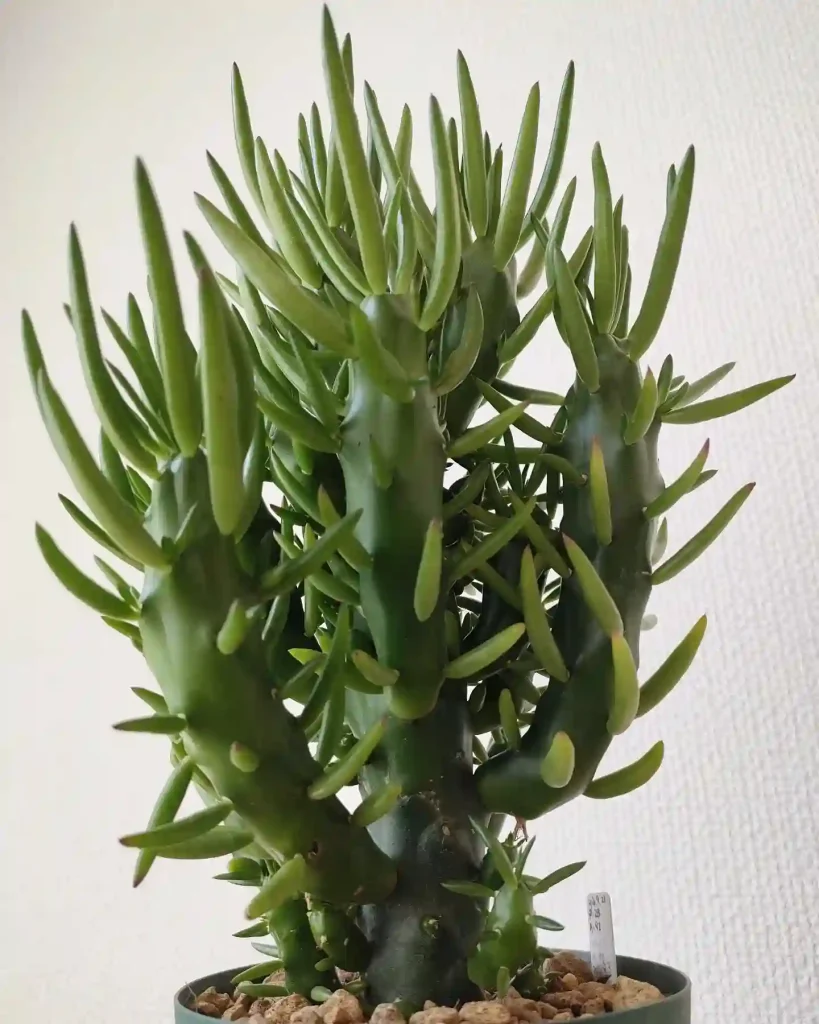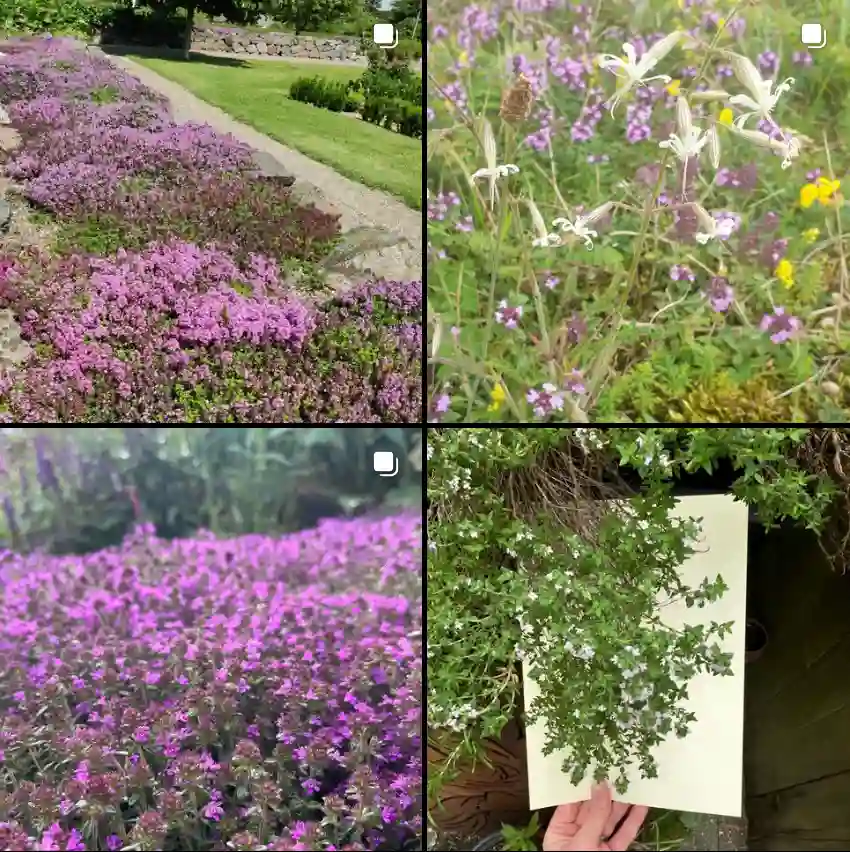Malva: A Gardener’s Delight
My name is Ferb Vu, and I’ve always been drawn to the simple beauty of wildflowers. Among my favorites is the genus Malva, commonly known as mallow. These plants, with their delicate blooms and resilience, have captivated me since I first encountered them growing along a roadside. They possess a charm that, to me, surpasses even the most meticulously cultivated rose.
Mallows are members of the Malvaceae family, which also includes hibiscus and cotton. They are typically herbaceous plants, meaning they lack woody stems, and can be annuals, biennials, or perennials. What unites them are their distinctive flowers: five petals in shades of white, pink, purple, or lavender, often with darker veins that draw the eye inward. These blooms rise above the foliage on slender stalks, creating a delicate display that softens any landscape.
A Diverse Genus
The Malva genus boasts a diverse array of species, each with its own unique characteristics. Here are:
- Malva acerifolia (Cav.) Alef.
- Malva × adulterina Wallr.
- Malva aegyptia L.
- Malva aethiopica C.J.S.Davis
- Malva agrigentina (Tineo) Soldano, Banfi & Galasso
- Malva alcea L.
- Malva arborea (L.) Webb & Berthel.
- Malva × arbosii Sennen
- Malva assurgentiflora (Kellogg) M.F.Ray
- Malva bucharica Iljin
- Malva cachemiriana (Cambess.) Alef.
- Malva cavanillesiana Raizada
- Malva × clementii (Cheek) Stace
- Malva × columbretensis (Juan & M.B.Crespo) Juan & M.B.Crespo
- Malva cretica Cav.
- Malva durieui Spach
- Malva × egarensis Cadevall
- Malva excisa Rchb.
- Malva flava (Desf.) Alef.
- Malva hispanica L.
- Malva × inodora Ponert
- Malva × intermedia Boreau
- Malva leonardii I.Riedl
- Malva lindsayi (Moran) M.F.Ray
- Malva × litoralis Dethard. ex Rchb.
- Malva longiflora (Boiss. & Reut.) Soldano, Banfi & Galasso
- Malva ludwigii (L.) Soldano, Banfi & Galasso
- Malva lusitanica (L.) Valdés
- Malva maroccana (Batt. & Trab.) Verloove & Lambinon
- Malva microphylla (Baker f.) Molero & J.M.Monts.
- Malva moschata L.
- Malva multiflora (Cav.) Soldano, Banfi & Galasso
- Malva neglecta Wallr. Plant FAQs: Malva Neglecta – Dwarf Mallow
- Malva nicaeensis All.
- Malva oblongifolia (Boiss.) Soldano, Banfi & Galasso
- Malva occidentalis (S.Watson) M.F.Ray
- Malva olbia (L.) Alef.
- Malva oxyloba Boiss.
- Malva pacifica M.F.Ray
- Malva pamiroalaica Iljin
- Malva parviflora L. Plant FAQs: Malva Parviflora – Little Mallow – Cheeseweed
- Malva phoenicea (Vent.) Alef.
- Malva preissiana Miq.
- Malva punctata (All.) Alef.
- Malva pusilla Sm.
- Malva qaiseri Abedin
- Malva setigera K.F.Schimp. & Spenn.
- Malva stenopetala (Coss. & Durieu ex Batt.) Soldano, Banfi & Galasso
- Malva stipulacea Cav.
- Malva subovata (DC.) Molero & J.M.Monts.
- Malva sylvestris L. Plant FAQs: Malva Sylvestris – Common Mallow
- Malva thuringiaca (L.) Vis.
- Malva tournefortiana L.
- Malva trimestris (L.) Salisb.
- Malva unguiculata (Desf.) Alef.
- Malva valdesii (Molero & J.M.Monts.) Soldano, Banfi & Galasso
- Malva verticillata L. Plant FAQs: Malva Verticillata – Whorled Mallow
- Malva vidalii (Pau) Molero & J.M.Monts.
- Malva waziristanensis Blatt.
- Malva weinmanniana (Besser ex Rchb.) Conran
- Malva xizangensis Y.S.Ye, L.Fu & D.X.Duan
- Malva × zoernigii Fleisch.
More Than Just a Pretty Face
While their aesthetic appeal is undeniable, mallows offer more than just visual delight. Historically, they have been valued for their medicinal and culinary uses. The leaves and flowers of many species are edible and contain mucilage, a substance that has soothing properties. Traditional remedies often incorporated mallow to treat coughs, sore throats, and skin irritations.
Even today, mallow extracts are used in some herbal remedies and cosmetics. The young leaves can be added to salads, while the flowers make a beautiful and edible garnish. I’ve even used the dried flowers to brew a soothing tea with a mild, pleasant flavor.
Cultivating Mallows
One of the things I appreciate most about mallows is their ease of cultivation. They are generally undemanding plants that tolerate a range of soil types and growing conditions. Most prefer full sun but will tolerate some shade, and they are relatively drought-tolerant once established.
Propagating mallows is also a straightforward process. They can be grown from seed, either sown directly outdoors or started indoors for earlier blooms. Some species also readily self-seed, ensuring a continuous display year after year.
A Symbol of Resilience
For me, mallows represent resilience and adaptability. They thrive in disturbed areas, along roadsides, and in neglected corners of gardens, bringing beauty to unexpected places. Their ability to flourish in challenging conditions serves as a reminder that beauty can be found even in the most unlikely circumstances.
In a world that often feels chaotic and unpredictable, the simple beauty of mallows offers a sense of peace and tranquility. They remind me to appreciate the small things, to find joy in the everyday, and to embrace the resilience of the natural world. Whether gracing a wild meadow or a cultivated garden, mallows are a testament to the enduring power of nature’s beauty.
If i die, water my plants!



